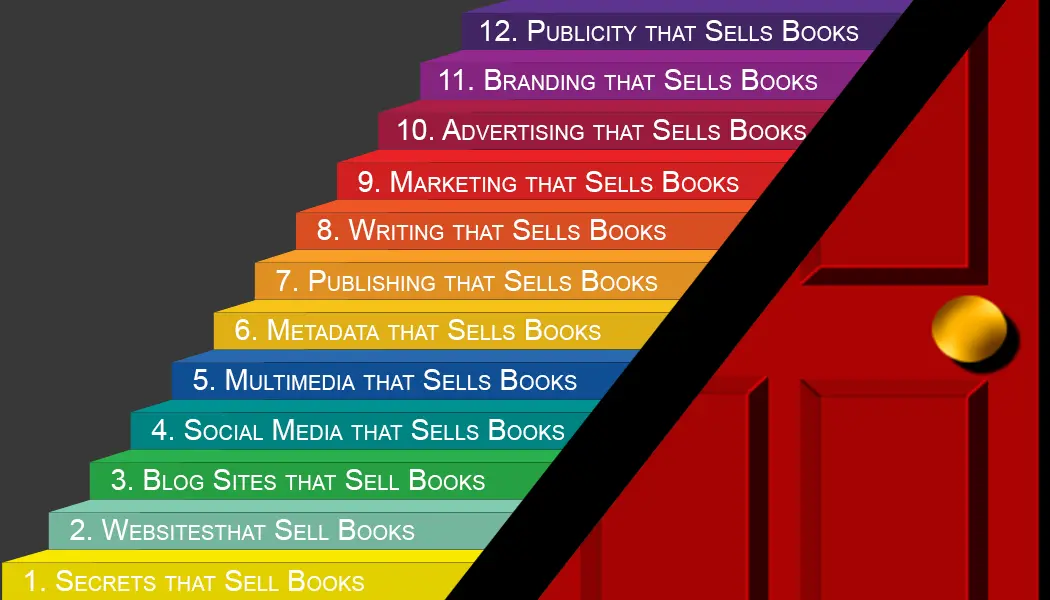Creating a strong and enduring brand requires careful planning and strategic insight. A well-thought-out brand plan not only outlines how to establish a brand identity but also how to maintain its relevance in the market. This detailed guide will walk you through the steps of developing a brand plan that resonates with consumers and drives sustainable business growth.
Establishing Brand Foundations
Define Brand Essence: Begin by articulating your brand’s core principles—what does your brand stand for? Determine your brand’s values, mission, and vision. These foundational elements should guide all other aspects of your brand strategy and resonate deeply with your target audience.
Articulate Your Brand Promise: Develop a clear and compelling brand promise. This is a declaration of what customers can consistently expect from your interactions with the brand. It should reflect the essence of what your brand commits to deliver and serves as a pivotal point of differentiation from your competitors.
In-depth Market and Consumer Analysis
Market Analysis: Conduct a thorough analysis of the industry and the broader market environment. Identify key trends, assess the competitive landscape, and pinpoint potential opportunities and threats. This step should yield a clear picture of where your brand can carve out a niche or assert dominance.
Customer Insight Development: Create detailed buyer personas that represent your ideal customers. These personas should include demographic information, lifestyle preferences, preferences, motivations, and pain points. The more detailed your understanding of your target audience, the more effectively you can tailor your brand messaging and offerings.
Strategic Brand Positioning
Develop a Unique Selling Proposition (USP): Clearly define what makes your brand unique. This unique selling proposition should highlight specific benefits or features that set your brand apart in the competitive market. It’s a crucial element that answers why a consumer would choose your brand over another.
Craft a Positioning Statement: Develop a concise and impactful positioning statement that encapsulates how you want your brand perceived in the minds of consumers. This statement should leverage your USP and align closely with your target audience’s needs and expectations.
Building the Brand Identity
Visual Identity Creation: Design visual elements that embody your brand’s essence. This includes the logo, color scheme, typography, and other visual motifs. These elements should be distinctive, memorable, and reflective of your brand’s personality.
Verbal Identity Development: Establish a consistent tone of voice and messaging guidelines that align with your brand’s personality. Whether authoritative, playful, or inspirational, this tone should be used consistently across all brand communications to reinforce the brand’s character and values.
Comprehensive Marketing and Communication Strategy
Develop Communication Channels: Determine the most effective channels to reach your audience. This could include a mix of traditional media, digital platforms, social media, and direct marketing. Each channel should be chosen based on its ability to effectively convey your brand message to your target demographic.
Implement a Content Marketing Strategy: Plan and execute a content strategy that supports your brand positioning and engages your target audience. Content types might include blogs, videos, whitepapers, and social media posts, all crafted to communicate your brand’s values, showcase its expertise, and build a community around your brand.
Implementation and Continuous Improvement
Rollout Strategy: Define a clear implementation timeline for launching your brand or introducing brand updates. This should include key milestones, from internal briefings to external launch activities.
Performance Monitoring and Feedback Integration: Regularly assess the effectiveness of your brand strategy against established KPIs such as brand awareness, customer loyalty, and sales metrics. Solicit and incorporate feedback from customers and stakeholders to continually refine and adapt your brand strategy.
Adaptive Strategy Adjustments: Remain flexible and responsive to market changes and consumer feedback. Continuously update your brand plan to address evolving market conditions and customer needs, ensuring your brand remains relevant and competitive.
Brand Plan: A Strategic Framework for Building Brand Equity
Developing a brand plan is an intricate process that requires a deep understanding of your market, audience, and the unique essence of your brand. By carefully crafting and consistently applying a strategic brand framework, businesses can build strong brand equity and foster lasting customer relationships. Remember, a successful brand plan is not static but evolves with your business and the changing market landscape.
__________________________________
Related Entries:
Crafting a Sales and Advertising Plan: Strategic Blueprint
Related Topics:
Visit our website at www.AuthorsDoor.com and our blog site at www.AuthorsRedDoor.com as you continue your author-publisher journey.


